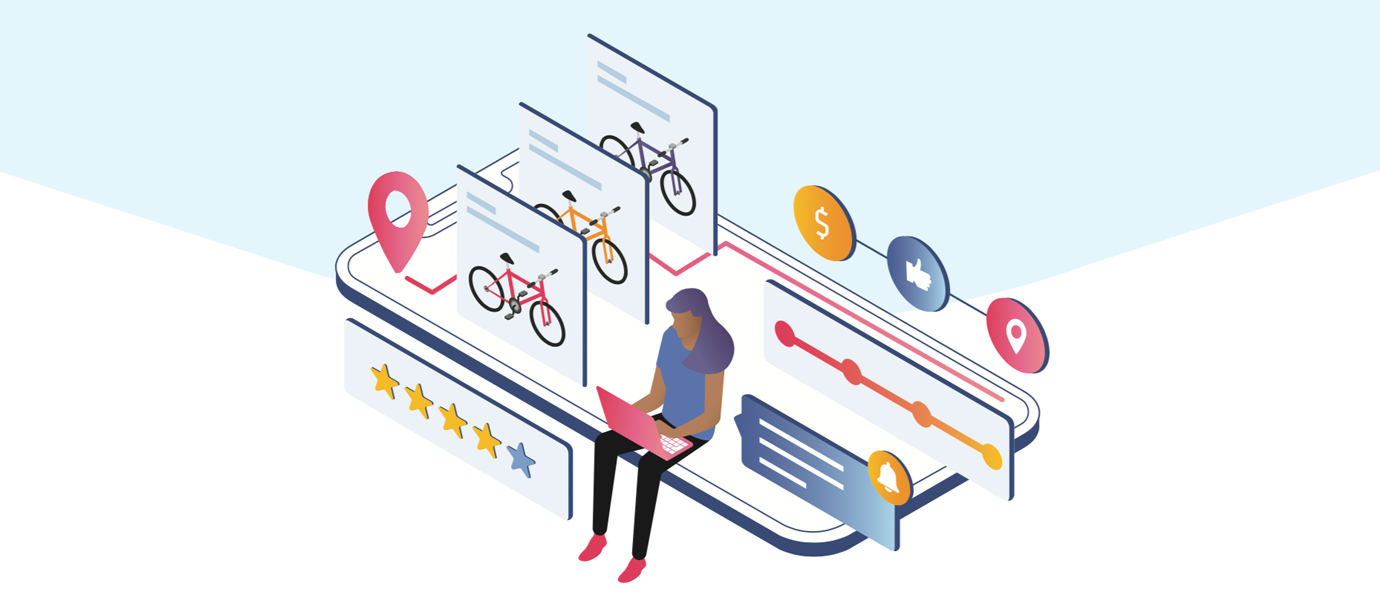IN THIS ARTICLE
Subscribe to Our Newsletter
We often use on-demand economy synonymously with the gig economy, shared economy, crowdsourcing, or it’s like Uber, but for X. But the on-demand economy is an umbrella term for all those things in one way or another. Those terms talk about who or what is fulfilling the service, while on-demand includes it all.
The on-demand economy is a business, service, or product built on letting users request a physical object, a piece of data, or service and have that request fulfilled. It’s built on the concept of instant gratification, the psychological feeling consumers get when they can instantaneously make a transaction, and possibly follow the path of it all the way to fulfillment.
In short, you want something, and you want it now, and the on-demand economy fulfills it.
Sharing Economy vs. On-demand Economy vs. Crowdsourced (Gig) Economy
The sharing economy is commonly built on top of the concepts of the on-demand economy, but not vice-versa. In the sharing economy, resources are shared. If I’m not using my garage, my bicycle, my golf clubs, or my cabin in the woods, someone can rent it. Airbnb, GetAround, Rent The Runway, and Lending Club are all examples of the sharing economy. With the crowdsourced economy, it’s similar to the sharing economy, only we’re talking about the labor rather than the resources.
The crowdsourced economy utilizes the talents, skills, and tangible resources of a group of persons to deliver a service or product. Sometimes used synonymously with the gig economy, the crowdsourced economy is driven by large numbers of independent workers in temporary positions, who can work as little or as much as they want. Uber, Upwork, Instacart, and TaskRabbit are all examples of the crowdsourced economy.
These companies are built as on-demand companies, where users can easily and quickly request a service, a product, anything, and it’s handled start to finish through the on-demand business. Ease of use, realtime alerts and notifications, and security and compliance are paramount in the on-demand economy, to deliver the instant gratification that users not only require, but crave.
And remember, just because it’s on-demand, doesn’t mean it’s shared or crowdsourced.

Core Tenets of the On-demand Economy
Provide an Instantaneous Experience
In the on-demand economy, nobody wants to wait. Whether you’re calling a car or ordering a meal, you want confirmations, updates as status changes, live maps, and the product or service itself as quickly as possible. The instantaneous experience is essential – so on-demand services need to have a tight, reliable realtime computing layer. It needs to be fast, lightweight, available in unreliable environments, and in most cases, mobile-first.
Connected Shared Experience
As we previously covered in our explanation of the crowdsourced economy, in many on-demand services, there’s more than one human involved. As a result, the entire transaction experience is really a connected shared experience, one person requesting the good or service, and the other person or persons fulfilling it. As a result, everyone needs to be synchronized in their instantaneous experience.
When a person does one thing, it needs to be reflected across every other connected user as it happens. Whether it’s a chat message with an update or monitoring location on a live map, that connected shared experience is what drives the user satisfaction and success of the service.
Mobile, Mobile, Mobile
The chances are good that somebody involved in an on-demand transaction will use a mobile device in one way or another. That means that mobile needs to be top of mind for any on-demand business. You have people and services constantly in a state of motion, so ensuring a reliable experience even on the go is a must. It’s not just the fulfillment of the service or product, but all the updates that come in between that provide the connected shared experience users love.
Looking Forward
The on-demand experience will continue to grow as a defining value for businesses, products, and apps across every industry. People now expect to get something, whether it be updates, or the service itself, in near realtime, so look for the on-demand features to differentiate industry leaders and define new disruptors establishing new ways of delivering goods and services.










